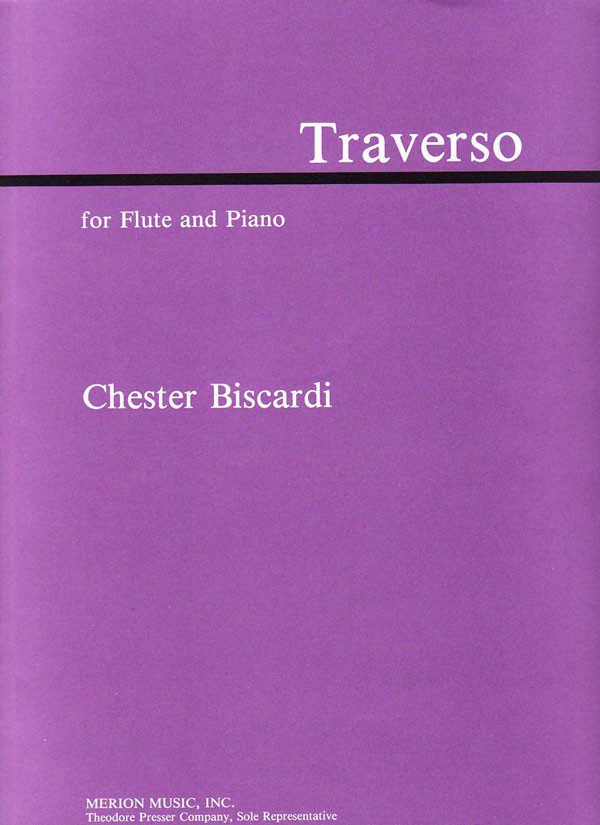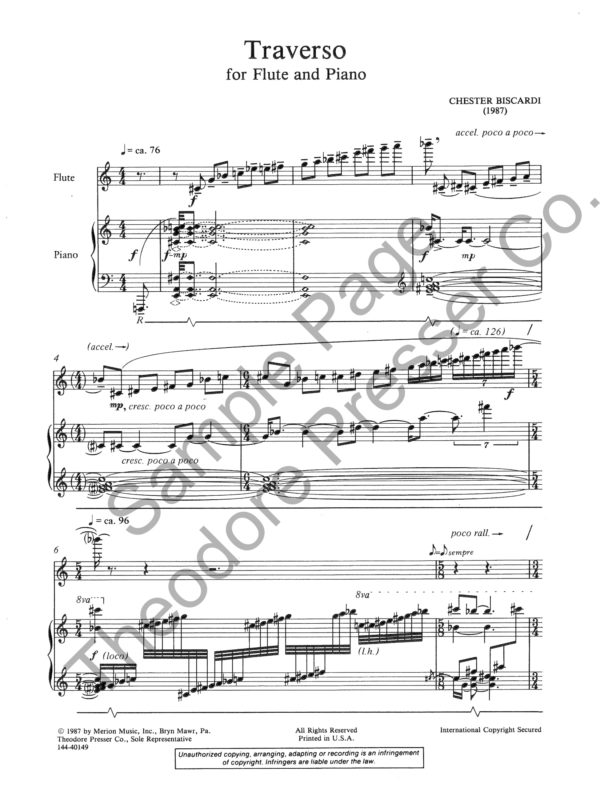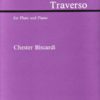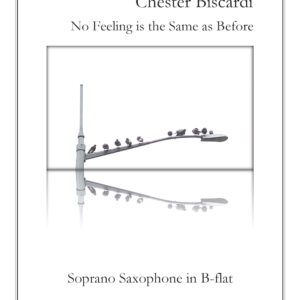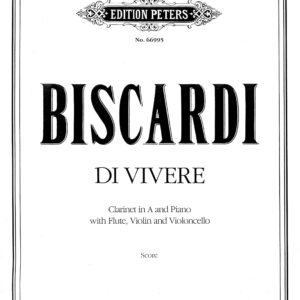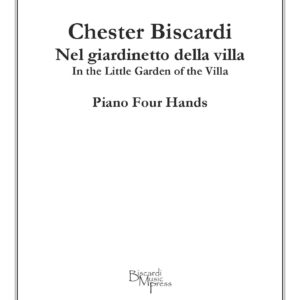Description
Audio
Goran Marcusson, flute; Joakim Kallhed, piano
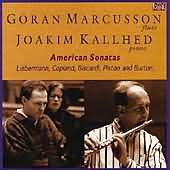
This recording appears on American Sonatas, Intim Musik IMCD 034 (Sweden, 1994) with Lowell Lieberman Sonata, Aaron Copland Duo, Walter Piston Sonata, and Eldin Burton Sonatina. Liner notes by P G Berfors (translated by Linda Schenck).<
Premiere
First Performances at the National Flute Association Competitions in St. Louis: August 1987
Göran Marcusson (1st Prize, Sweden) / Tallon S. Perkes (2nd Prize, California) / Rachel Holt (3rd Prize, England) / Amy Morris (Ohio) / Nanette De Jong (Chicago) / Jonas Augustsson (Sweden)
General Performance: 2 May 1988
Göran Marcusson, flute / Joakim Kallhed, piano
Gothenborg, Sweden
World Premiere: 8 May 1988
Göran Marcusson, flute / Joakim Kallhed, piano
Weill Recital Hall, Carnegie Hall
New York, NY
Commissioner
Commissioned by the National Flute Association to be featured at the 1987 Young Artists International Flute Competitions in St. Louis.
Publisher
Program Notes
Traverso, for flute and piano (1987), is a duo equally balanced between both instruments. It was commissioned by the National Flute Association to be featured at the 1987 Young Artists International Flute Competitions in St. Louis and was premiered in Weill Recital Hall at Carnegie Hall on May 8, 1988 by the First Prize Winner, Göran Marcusson, from Sweden, with pianist Joakim Kallhed, who also recorded it in 1994 for Intim Musik (Sweden).
Although I was not given any particular guidelines as to the nature of the composition, I felt strongly that the work should be musically more challenging than a traditional virtuosic competition piece. The Italian title means “transverse, lying across, breadth” and suggests not only the flute itself but also a music that extends over diverse feelings and ideas — ideas such as “musical landscapes.” In this work I blend Japanese transparency, in the sense of stillness, with the heroic and open musical landscape suggested by American harmonies of the 1930s and ’40s.
Performance Guidelines
The following notes might be helpful in preparing a performance of Traverso:
• long unison lines – unison doublings (tonal effects in the piano/flute unisons) – sweeping, overlapping – a totally lyrical piece – dissonance and disjunct melodic lines
• blocks (organ-like) of chords in piano from which flute emerges and spirals out, pulling away from chords, like energy being sucked out . . .
• some ideas affirm, unravel earlier ideas, anticipate others, gear up and move toward ecstatic moments . . .
• piano pedal markings bring out sonorities and colors in significant structural places throughout the work; textures are important; balance is important – intonation, balance and blend
• as in Tenzone, for two flutes and piano (1975) (see program note for Tenzone), the piano is also the rhythmic impetus
• there are no multiphonics or extended techniques as in Tenzone, but there are special fingerings, fluttertonguing, and timbral play of harmonics
• attention to pitch and levels of nuance and attack; motives (atonal) are distinguished in either exact or altered form
• large leaps cover entire range of the flute
• frequent tempo changes (19 in 7 minutes); numerous meter changes (multi-metric) – mm.92, 139
It might be helpful when listening to this piece to know that there are three basic “themes”: an upward moving scale, mm. 3-4,

followed by an arch-like figure, m. 8,

which connects into a darker, three-note motive, mm. 12-13 –

all of which are extended and intertwined into the larger structure, which, in a way, is similar to sonata-allegro form: an introduction-exposition of the three ideas; development of these ideas; then a recapitulation of especially the darker motive; and finally a coda.
Traverso was written just after Piano Sonata (1986; revised 1987) and was based, in part, on oiginal sketches for Piano Sonata that were never used in that work; both pieces were the first works that struggled with a new way to write purely abstract, absolute instrumental music after having completed Tight-Rope, an opera in nine uninterrupted scenes (1985), based on a text by Henry Butler, with its reliance on text, characters, story, etc., in order to arrive at musical structure, form and idea.
Press
The rather detailed performance notes are helpful but are, at times, somewhat fussy. In them the composer explains the meaning of a few specific notational symbols he favors, while describing levels of nuance and attack that may occur more readily in the composer's mind and imagination than in the performers' ability to execute them. Should composers be faulted for attempting to make their specific intents clear to the performers? Certainly not. Yet if the hair is split too finely, might not the exercise become superfluous?
Dissonance is a prominent aspect of this composition, and the melodic line is quite disjunct. Such a melodic profile is typical of linear presentation in the "contemporary" idiom and without doubt, this piece is certainly of that ilk. Biscardi calls upon the soloist to perform within a rather conservative three-octave range from b to b"" and asks for special effects produced by flutter tonguing and harmonics. For a work of this style, an upper limit of b"" may be a surprise to some, as it was to me. The pianist is called upon to play numerous tightly packed tone clusters, the presence and sound of which typify the harmonic language of the music. Both pianists and flutist must be capable of facile and dexterous technical execution: passages of considerable difficulty exist for each. At times, the two instruments move together in unison, requiring the performers to pay close attention to pitch and nuance. This is particularly important when the flute tessitura is relatively high, making pitch especially problematic. These passages also demand special attention to problems of balance, which multiply in inverse proportion to the ascent up to the registral ladder. For example, in one place, the flute has the pitches d' and e'. It takes very little, indeed, for a concert grand to overpower a flute in such a situation, especially when both parts bear the dynamic marking of forte, as they do here.
Although demanding for performers and listeners, Biscardi's Traverso has interest and appeal. The composer shows himself to be talented and in control of his medium, having offered both pianist and flutist a challenging composition.


